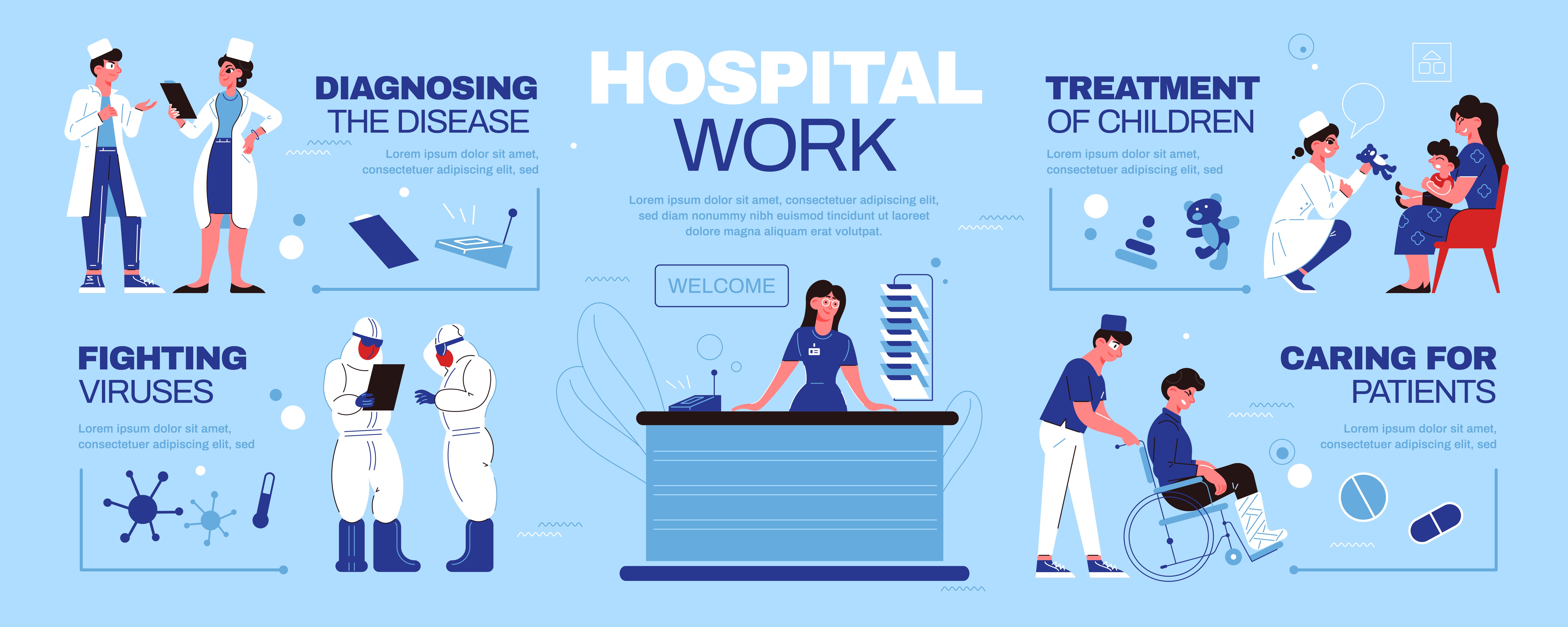Revenue cycle at healthcare practice is a rather complex process; starting from appointment scheduling, estimation of eligibility for insurance coverage, patient registration and first visit to the clinic. Coding and claim submission, insurance payment, patient billing etc. Optimizing the revenue cycle with the help of healthcare RCM services improve efficiency, streamline the work flow and boost revenue. It also helps reduce patient attrition rate by various means, ensuring profitable practice.
There are several ways implemented to make this possible such as, marketing for better patient acquisition. Providing services in advanced ways to collect payments; all making sure that patients keep returning to your office. They tackle all the administrative work in the clinic management including capture, processing and collection of the revenue. The success of the revenue cycle management lies in making sure that the end balance on patent payment is zero. With multiple revisions in the process and disciplined implementation of a new system. The timeline of the cycle can be brought down. Let’s see how.
Automating the practice management
Several steps involving manual labor can be eliminated if the process is automated. Healthcare RCM services come up with advanced technology. Practice management systems which can manage and manipulate the data into documents involving. The various steps of the revenue cycle, which saves. The time usually taken up for reentering the data at EHR, medical coding, billing and claim process. The new automated system generates the claim automatically at the end of the process. Which is far better in quality, accuracy and adherence to industry standards.
Default credit card stored in the file
Storing the credit card details of the patient makes it easier to capture. Whatever balance amount is due after the insurance payment; acquiring the patient’s consent. They can be given the option to make the payment. That card over the phone, to avoid the difficulty of coming back to the clinic long time after the treatment.
Integrated card system
Have a credit card reader machine or a card swiping device connected to the practice management system. This also aids the card to file technique. The details of the credit card are passed on from the swiping device to the billing software and reaches the account ledger to make the payment process faster at the backend. For patients making periodic visits to the clinic, it can be automated to have the amount credited from the card on file without any delay. Having this automated makes it easier to store the card details instead manually entering the card details, which is time-taking and error prone.
Options of paying online
This is a vastly favored option for most patients to make their payment; convenience being key. There is ease of operation, faster transfer of cash and accuracy in the process. Embracing technologies this way has created huge value addition to the revenue cycle. Since everybody depend on their smartphones for taking care of everyday activities nowadays, it makes sense to provide them with the option of connecting with the doctor’s office and conduct the necessary course of actions through phone. Majority of the population are adept in making online payments. So, it becomes a left-hand job for them to pay faster, given the options. Which in turn refers to faster revenue cycle for the clinic.
Educating the staff on process improvement
Good healthcare RCM services in the industry provide training to the staff at your clinic so that the process flow runs smooth. With the kind of technology and software’s implemented for practice management, the staff might find it hard to implement in the beginning. Once they are given enough training to get acclimatized to the system, they will find it much easier and rewarding compared to what was in place. The practice management system is designed in such a way that if one of the staff is not available, another one can easily fill in that role without much hassle.
Data analysis techniques
Another benefit of outsourcing the process to healthcare RCM services is that you will be provide with an analytical view of how your practice runs from different angles. With these key statistics indicators, you can pinpoint which part of the clinical process is sub-par and needs to be worked on. Be it profit vs. expenditure, patient attrition, trends in practice, inflow of cash, speed of the revenue cycle or rate of claim denials occurring in a period of time, visually appealing graphs and plots will be made available to you for better understanding. You don’t have to be proficient in statistics to make out where exactly our practice stand when it comes to efficiency and excellence.
Be sure to be consistent with the improved practice management system. Changes don’t happen in day or two. It takes strict adherence to the new policies adopted and periodic monitoring to accomplish an optimized revenue cycle.




